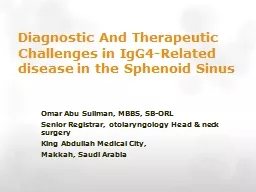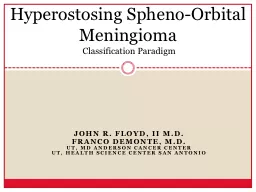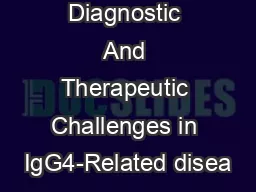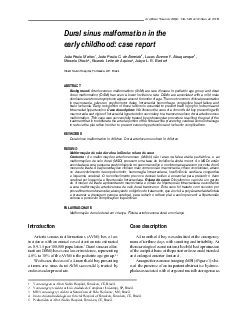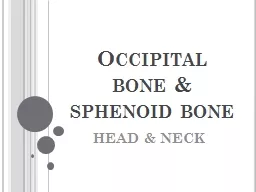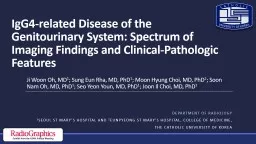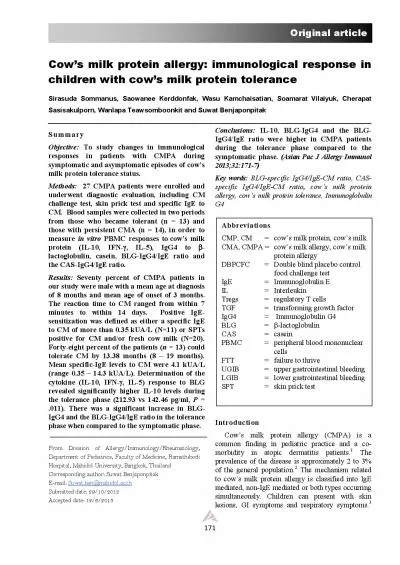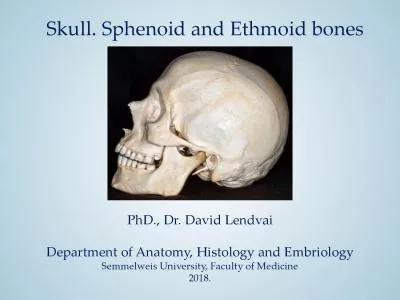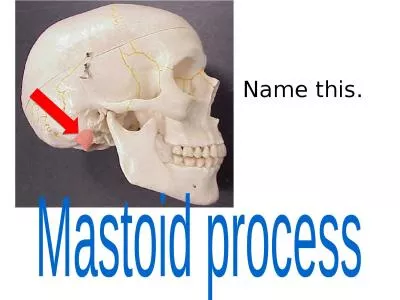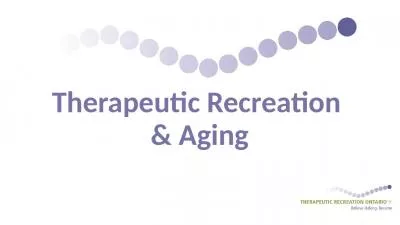PPT-Diagnostic And Therapeutic Challenges in IgG4-Related disease in the Sphenoid Sinus
Author : sherrill-nordquist | Published Date : 2019-12-06
Diagnostic And Therapeutic Challenges in IgG4Related disease in the Sphenoid Sinus Omar Abu Suliman MBBS SBORL Senior Registrar otolaryngology Head amp neck surgery
Presentation Embed Code
Download Presentation
Download Presentation The PPT/PDF document "Diagnostic And Therapeutic Challenges in..." is the property of its rightful owner. Permission is granted to download and print the materials on this website for personal, non-commercial use only, and to display it on your personal computer provided you do not modify the materials and that you retain all copyright notices contained in the materials. By downloading content from our website, you accept the terms of this agreement.
Diagnostic And Therapeutic Challenges in IgG4-Related disease in the Sphenoid Sinus: Transcript
Download Rules Of Document
"Diagnostic And Therapeutic Challenges in IgG4-Related disease in the Sphenoid Sinus"The content belongs to its owner. You may download and print it for personal use, without modification, and keep all copyright notices. By downloading, you agree to these terms.
Related Documents

